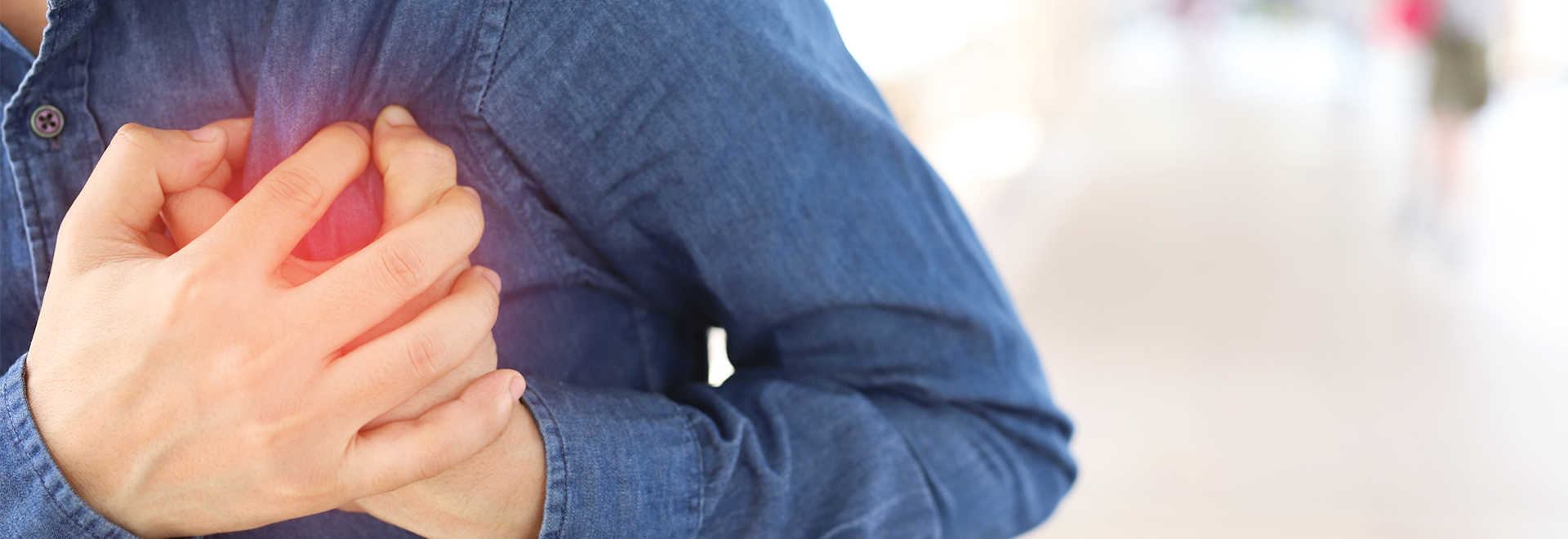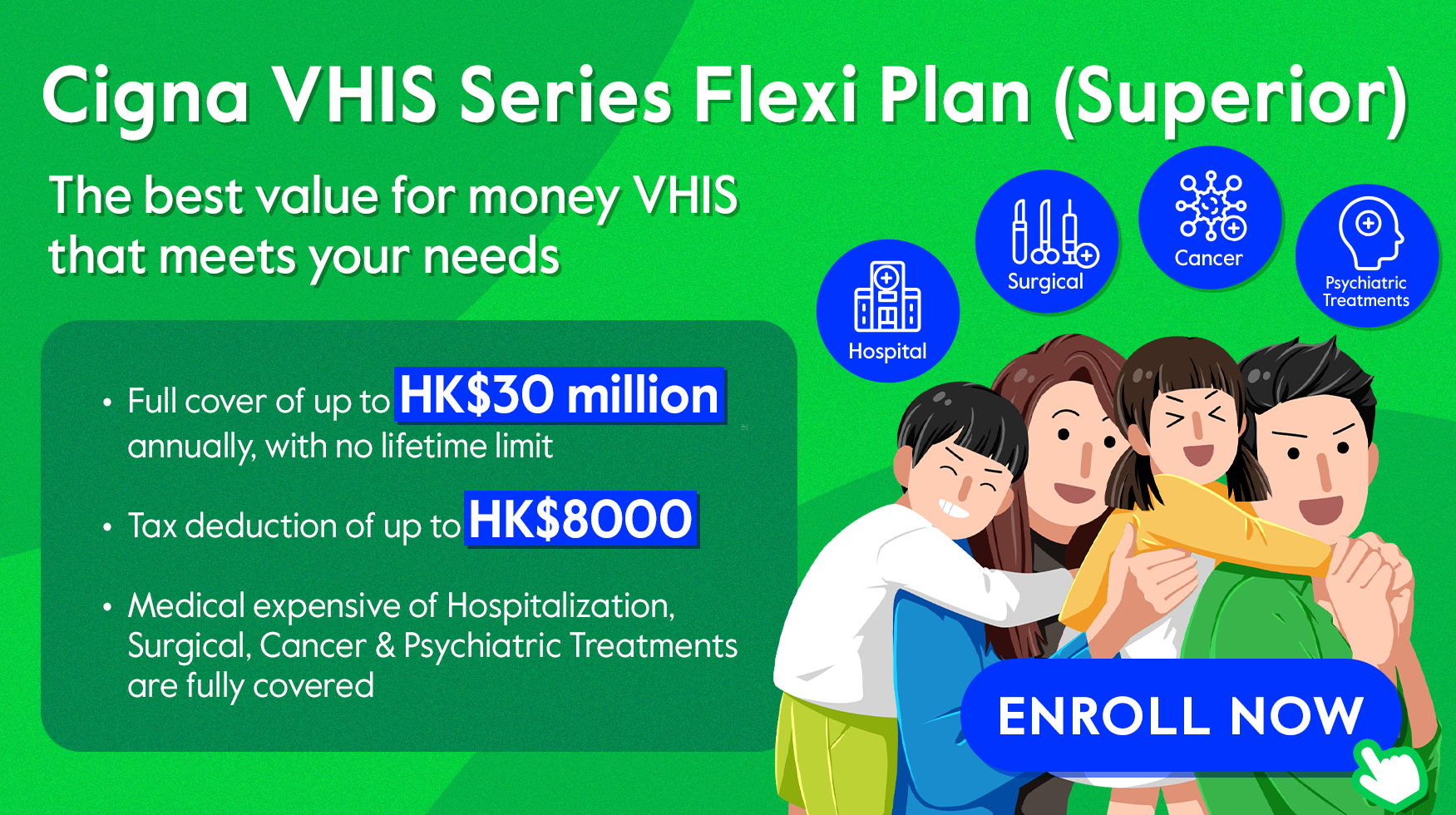In recent year, there have been more reports from news and social media related to sudden cardiac death in the city. While individuals aged over 55 years old are considered high risk, there is often news about people in their 30s, even 20s, passing away unexpectedly due to sudden cardiac arrest.
Without any signs or patterns observed, many cases lost their life all of a sudden while living in their own routine. Although sudden cardiac arrest can be treated in an intensive care if found in time, many are reported death days after the occurrence. So, what is this unpredictable condition about? Are there symptoms that prelude a sudden cardiac death? What can be done to prevent it?
What Is Sudden Cardiac Death?
Sudden cardiac death (SCD) is death resulting from a sudden cardiac arrest, which is the abrupt loss of heart function, breathing, and consciousness. The condition is usually related to a problem with the heart's electrical system, which disrupts the heart’s pumping action and stops blood flow to the whole body.
Symptoms and Signs of Sudden Cardiac Death
Though it is sudden, some people were reported to have had the following symptoms from a day to week prior to their unexpected passing:
- Chest pain, especially during exercise
- Loss of consciousness
- Difficulty breathing
- Dizziness
- Fluttering feeling
- Heart palpitations
- Unexplained fainting, especially during exercise
These are known as the red flag symptoms of sudden cardiac death. If you or someone you know experience any of these symptoms, seek immediate medical attention.
Signs of sudden cardiac death are immediate and drastic and include:
- Sudden collapse
- No pulse
- No breathing
- Loss of consciousness
- Nausea or vomiting
Despite the above, many cases of sudden cardiac death had no sign at all. Therefore, early diagnosis of any cardiac issues that can lead to sudden death is vitally important.
Cause of Sudden Cardiac Death
The usual cause of sudden cardiac arrest-induced death is an abnormal heart rhythm, arrhythmia, which occurs when our heart's electrical system does not work properly; the heart then beats too fast, too slowly or irregularly. Arrhythmias are often brief and harmless, but some types can lead to sudden cardiac arrest.
Sudden cardiac arrest can happen in people who have no heart disease. But a life-threatening arrhythmia usually occurs among people with pre-existing, sometimes undiagnosed heart conditions, which include:
- Coronary artery disease - Arteries are clogged with cholesterol and other deposits, limiting blood flow to the heart.
- Heart attack - Often as a result of severe coronary artery disease, a heart attack can trigger ventricular fibrillation and sudden cardiac arrest. Also, it can leave scar tissue in our heart, causing abnormalities in the heart rhythm.
- Cardiomyopathy - The heart's muscular walls stretch and enlarge or thicken. The heart's abnormal muscles often lead to arrhythmias.
- Valvular heart disease - Leaking or narrowing of the heart valves can lead to stretching or thickening of the heart muscle. When the chambers become enlarged or weakened because of stress caused by a tight or leaking valve, there's an increased risk of developing arrhythmia.
What are the Risk Factors?
Though people with sudden cardiac death usually appear perfectly healthy before their first cardiac event or death, sudden cardiac arrest is so often linked with coronary artery disease. The same factors that put people at risk of coronary artery disease increase the risk of sudden cardiac arrest-induced death. Factors include:
- Family history of coronary artery diseases
- Smoking
- High blood pressure
- High blood cholesterol
- Obesity
- Diabetes
- Lack of exercise
- Age
- Use of substances, such as alcohol and amphetamines
- Sleep deprivation
- Nutritional imbalance, such as low potassium and magnesium levels
First Aid in Sudden Cardiac Death (SCD)
Life is on the line in just five minutes. If not, permanent damage is made to the body due to cardiac arrest and lack of oxygen. Therefore, first aid is crucial in saving not only your own life but also others’. Let’s learn how you should react in time below.
|
Yourself |
If you observe the above signs while you are conscious, please do not hesitate to call ‘999’ for immediate help. |
|
Witness |
If people around you fall unconsciously and are found without any heartbeats, they may have SCD. You should:
If there is someone else around you, all of you should work in cooperation to perform the first aid and increase the possibility of successful rescues. |
The situation is urgent. Everyone must react quickly and make the right judgement swiftly until the ambulance arrives to raise the patient’s survival rate.
Prevention of Sudden Cardiac Death
Early diagnosis plays a vital role in preventing a fatal episode. If you have a family history of sudden cardiac death, you should seek medical advice and let the doctor determine if you also have a syndrome that could lead to unexpected death. Here are some steps that can help prevent sudden death, including:
- Avoid medications that can trigger symptoms, such as antidepressants and sodium-blocking drugs
- Exercise with caution
- Have a good heart-health lifestyle, including a balanced diet, a regular sleeping schedule, and low stress level
- Do not neglect a fever, treat it immediately
- Make regular check-ins with a doctor or a cardiac specialist
Although it is hard to predict sudden cardiac death, there are ways to prevent it. Never ignore the symptoms and maintain checkups to closely monitor the condition especially if you have a family history of cardiac condition.
Having a good hear-health lifestyle is the most effective way to prevent SCD! Cigna VHIS Flexi Plan (Superior) offers coverage of up to HK$30,000,000 with no lifetime limit, and medical expenses are fully covered. No need to worry about medical expenses for your future checkups!


